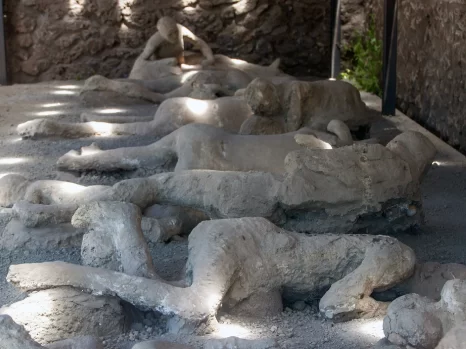Bone marrow transplantation is a procedure where the stem cells are transplanted in a body so that they can keep on producing healthy red blood cells in the same through which the oxygenated blood keeps circulating in the entire body.
There are 2 types of transplantations. One is the autologus transplantation and the other is the allogeneic transplantation. In case of autologus transplantations the surgeon uses the patient’s own stem cells for the procedure. In the other case that is the allogeneic one, the surgeon needs a donor who donates their stem cells with which the transplantation is done in the patient’s body. There are best bone marrow transplantation hospitals in India where both of these processes are performed.
But it is completely decided by the doctor that which transplantation has to be performed on the patient’s body depending on the disease they have and at present in what stage it is in. This transplantation also needs to consider the overall health structure of the patient and the risk factors that can come up along with the transplantation.
The patient needs to know how much chance of survival they have if they go for the transplantation and what are the benefits as well as risks they will have to face if they go for it. Also, if allogeneic transplantation is the only way out then where they should look for a donor?
There are three possible cell sources from where stem cells can be collected from the donor. From the bone marrow itself where there are the blood forming tissues, from the peripheral blood stem cells where the cells are circulating the blood and from the umbilical cord and the placenta from where the baby is born. The doctor will consider from where to collect the stem cell and then go ahead with it.
The patients before donating their own stem cells can ask the doctor which can be the best cell source for them. This also depends on the age, body weight and disease and the stage of disease of the patient. One also has the right to know what kind of side effects they are going to face when they decide to undertake this procedure of transplant.
While the donor remains under anaesthesia, the surgeon inserts a hollow needle in the donor’s pelvic bones. This is just below the waist and then removes liquid marrow. This is done multiple times till the several pints of marrows are collected. The donor may need to stay in the hospital for six to eight hours after the procedure is over and then to recover from the anaesthesia and the acute pain due to the needle insertions. They can also feel some lower back soreness for a few days afterward. The donor’s body naturally replaces the marrow soon after the procedure. Red cells are also removed, and the donor may experience anaemia, which is often treated with iron supplements.
In hospitals for bone marrow transplant in India the surgery is done with utmost care and after a lot of considerations.












